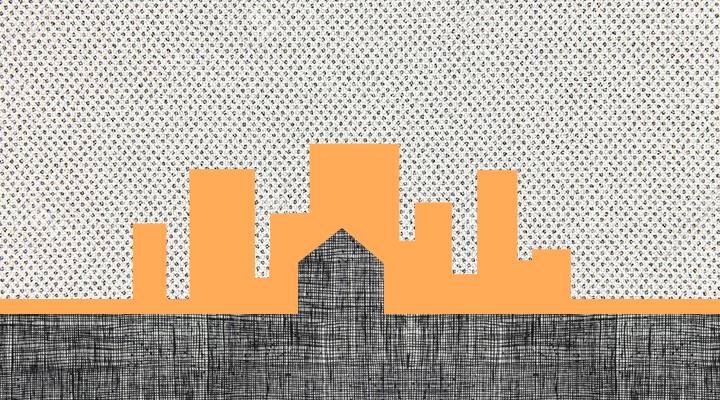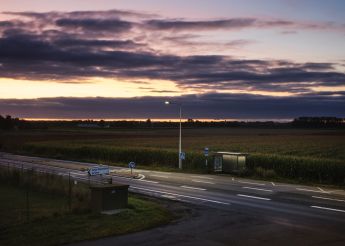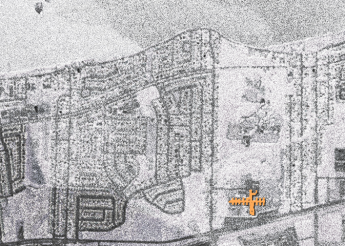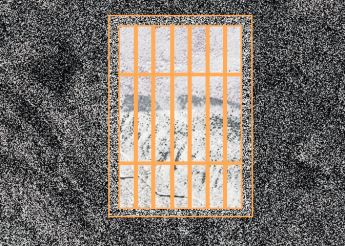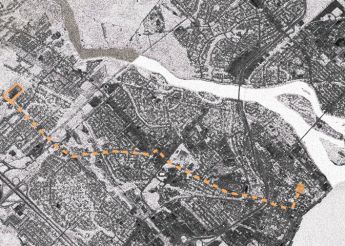Olivier Milhaud. There are many consequences, and they are much more significant than you might think. For prisoners, being jailed in the city centre means hearing the sounds of the city, easier access for visitors due to the central location, increased opportunities for activities because organisations can contribute more easily, and quicker, less complicated trips to the hospital or the court - often near city centres - which require fewer guards, thus leaving a larger number of guards in the prison. For the families of prisoners, let us not forget that a central location is key, especially for working-class families with limited means, further impoverished by the incarceration of their loved one. Not only do these people lose the resources or the income support that their relative received before incarceration, but they also have to pay for postal orders to allow their relative to buy from the prison commissary and rent a television, for example.
A prison in the city centre will certainly have better transport connections than one on the outskirts: not only will there be a bus stop nearby, but more importantly, buses will pass more frequently, enabling easy access for prison visits.
For prison staff, working in town leads to higher rent costs if they wish to live nearby. Some prefer to live outside of town, in a more bucolic environment perhaps reminiscent of their youth. However, living in town, especially in a large town or city, also means access to a wider job market, making it easier for their partner to find employment, and to a population centre with more opportunities for their children. Those who live outside of town, and especially those who live far outside of town, would be wise to request a transfer as soon as possible for the well-being of their families – although, high staff turnover does lead to destabilised teams. This negatively affects both the quality of detention work for the staff, who exhaust themselves repeating instructions, and the reintegration work of prisoners, who lack consistent points of contact. Far from town, there is a greater risk of creating a self-segregated community, cut off from the world and without exposure to urban diversity. Some social workers do not take kindly to this and regularly request transfers, preventing long-term monitoring.
Lastly, symbolically, a prison in the city centre also means giving visibility to imprisonment. It is a reminder in the heart of the city that some individuals live in imprisonment on our behalf and that the justice system employs this sentence (and increasingly so, given the ever-stricter penalties these past few decades). With institutions on the urban periphery, more or less hidden in industrial estates, they disappear from view and we come to forget about their existence. On 1 July 2021, France had over 67,000 prisoners, the equivalent of towns like Inverness, Farnborough, or even Grays! Having a prison in the city centre also means catching glimpses of faces, human faces, behind the high walls. This shatters the illusion that surrounds prisons. Yes, these really are human beings, with eyes and arms and faces, that we see behind the walls and the bars. They are in no way monsters that must be removed from our shared sense of humanity.
